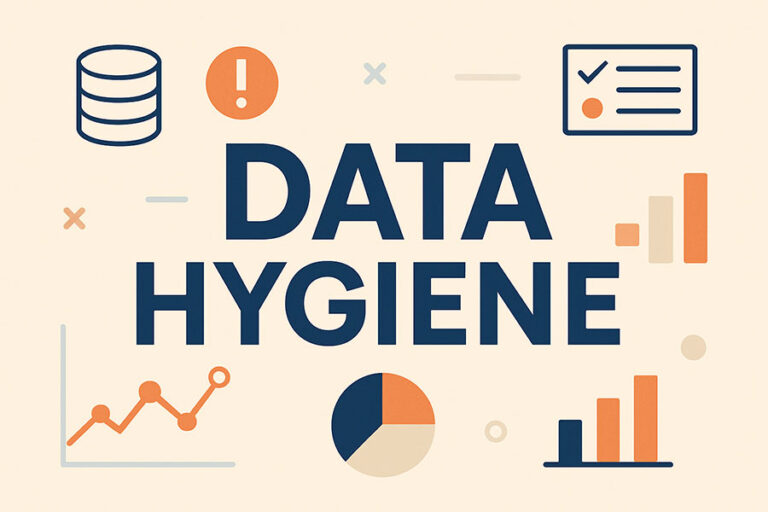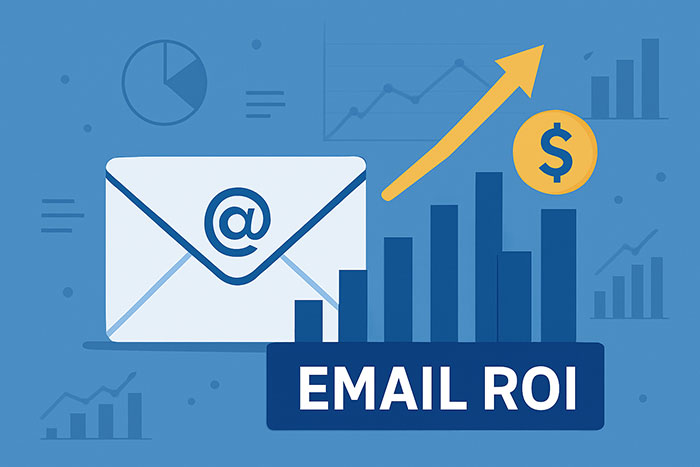
You intuitively know some differences in quality. You can easily tell a frozen pizza from the hand-tossed original, for instance, or tell a real rose from a floral air freshener. With marketing data, it’s tougher to discern quality at a glance. Any list of names, addresses, and phone numbers will look fairly similar, and unless there are blatant errors, you can’t read such a list and pick out the invalid results. Your marketing database will, though – at least, it can if you and your database management consultant have set up a data enhancement regimen to keep your information clean.
According to a recent report from Forbes Insights, more than 80 percent of the CEOs researchers interviewed had moderate to serious concerns about data quality. In many cases, this data formed the basis for making key decisions, yet the executives didn’t feel confident that their information was complete and correct. To know what healthy data looks like, check these vital signs.
Accuracy
The defining characteristic of quality data is its accuracy. Correct contact information ensures that direct mail and email is deliverable and that it reaches the right recipient. Data enhancement such as merge/purge operations, de-dupe processes, and data append services keep you in touch with your prospects even as their information changes. With regular verification and updates from reliable sources such as the U.S. Postal Service’s® National Change of Address database, your database stays as accurate as possible.
Context
Even when data is accurate, it also needs to be contextually relevant. For B2B businesses, having a business email and office phone number would be far more valuable than having a lead’s home number and personal email. You want to reach Jane Smith the corporate decision-maker, not Jane Smith the cat-lover and thimble collector, after all. Accuracy is important, but it isn’t an absolute truth; it’s important in the greater context of why you’re reaching out to this lead.
Completeness
Having two or three pieces of data is good. Having nine or ten is great. Leads aren’t always as forthcoming as marketers would like them to be with their data, however, and it isn’t easy to assemble a complete prospect record without outside help. Data append supplies missing pieces of data gathered from other sources and puts them together to create a more detailed portrait of your leads. Purchasing histories, subscriptions, and membership forms are some of the sources used for data appending.
Standardization
While it’s challenging to see great data with the unaided eye, it’s sometimes possible to see data that needs work with a single glance. If data isn’t standardized, it might contain letters in area code and phone number columns or ZIP codes of fewer than five digits. Standardization puts all data in the proper form so data sets can be cross-referenced and compared meaningfully. For example, a database that includes information from international addresses would recognize standard postal codes for each country and be able to derive geographical information from them.
Great data isn’t always apparent at first, but it shows its quality with the first marketing campaign you launch. Learn more about data integrity and what Reach Marketing can do to enhance your data.
© Reach Marketing LLC 2017 All Rights Reserved.



